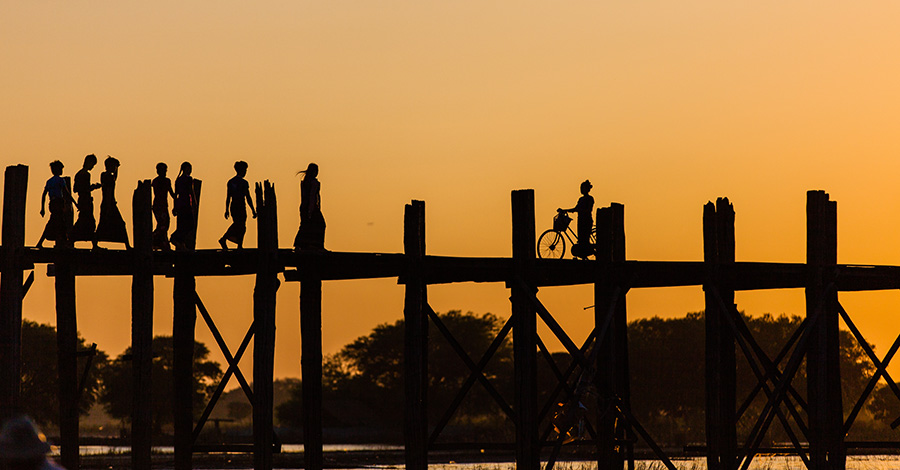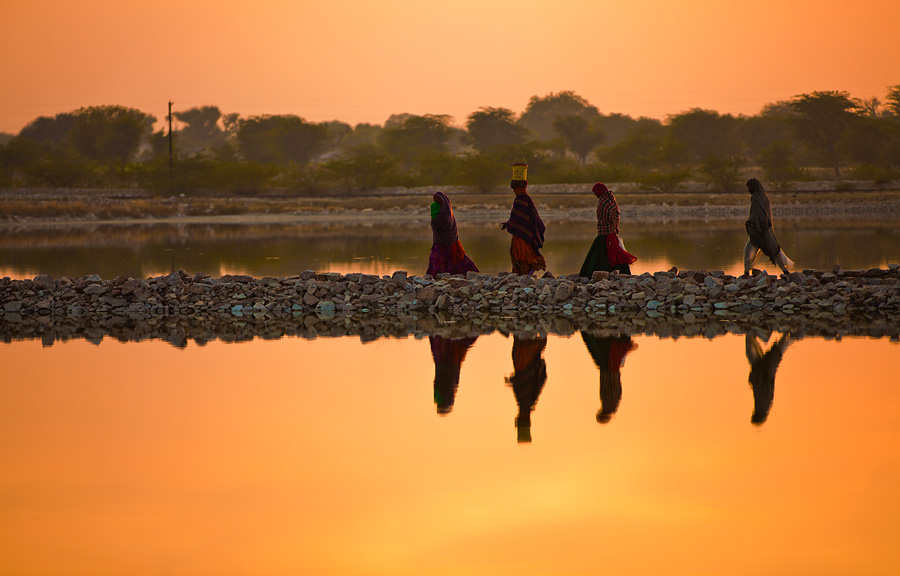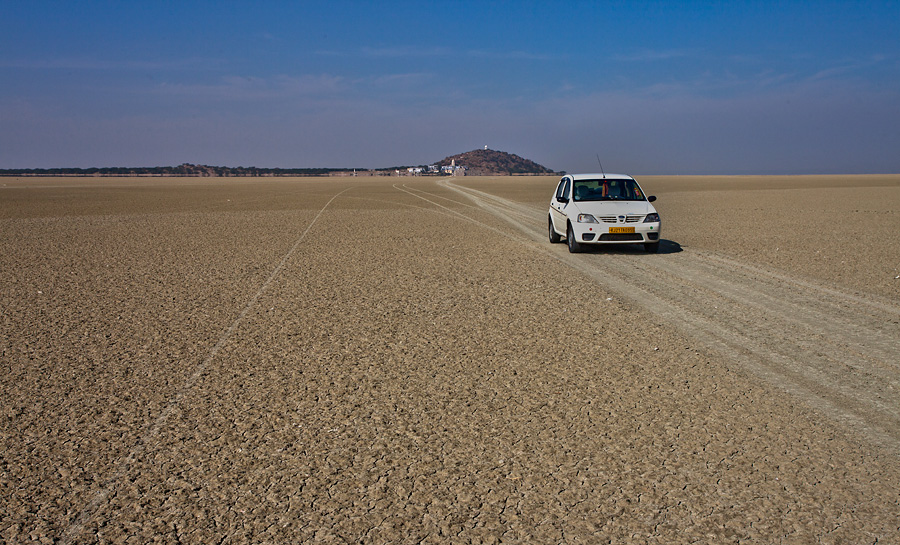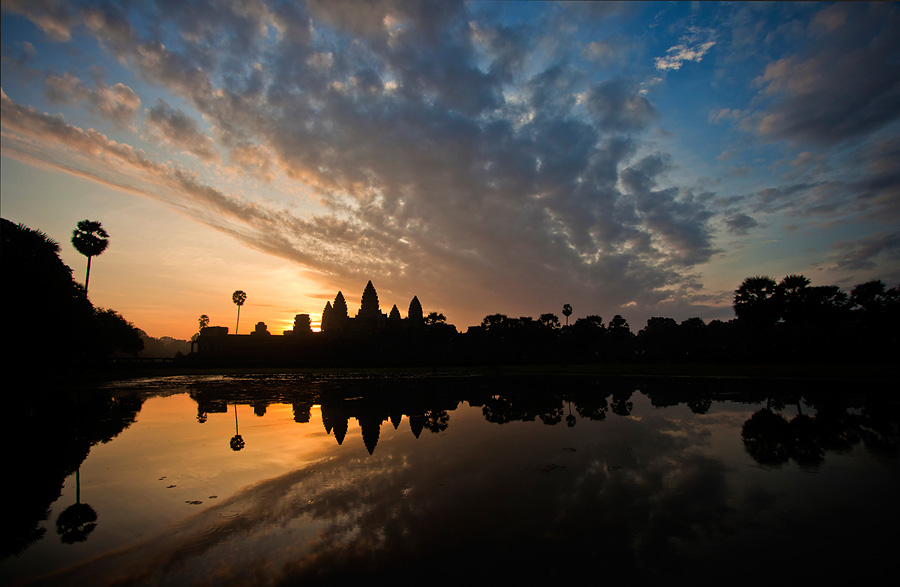
Also see: my photography tour to Myanmar.
It was a pleasant October evening, but an unusual moment when I arrived in Mandalay. Our boat docked after a long journey upstream on Ayeyarwady, throwing us immediately into chaos that we weren’t prepared for. The road from jetty to the city was clogged with people in a celebratory mood. Loud speakers–giant black boxes decked on mini-trucks–blared loud and shrieking music on a road filled with revelers dancing wildly. Chaos, crowds and cacophony had conquered the road in a way I had never seen anywhere during my journeys across Myanmar.

Sunset hour at U-Bein Bridge, Amarapura, Mandalay.
In the last leg of our week-long trip in Myanmar that had taken us through the depths of a spiritual, graceful and congenial country, we had suddenly landed into an unexpected contrast. It was the last day of Durga Puja, and much of the Indian-descents in the city had gathered by the riverside for a procession and idol immersion. We got off the car, which we had barely boarded after alighting the boat that had ferried us from Bagan, and walked into the gathered crowd. Cameras strapped around our neck, we stood out as tourists in the completely-local crowd, and caught the attention of a few revelers in no time.

There was not a single blade of grass could be seen in the endless, perfectly plain landscape that expanded towards the horizon in front of Shakambari Temple. The earth was flat as though a road roller ran amok for ages until the smallest aberrations were pressed in and done away with. The monotony of a dry, drought-struck earth was broken by a few deeply entrenched tyre-marks forming a line that extended to infinity. Our driver descended gently into the flat, testing the firmness of the ground with a bit of uncertainty, wondering if the car would sink into the ground.

The dry lake-bed of Sambhar Lake. Seen far behind at the base of the hill is Shakambari Devi Temple.
It took less than a minute for him to realize that we were on a ground as firm and clear as a runway. He gently pressed on the pedal, not slowing down until the speedo hit three figures. In the back seat, it was such a smooth ride that we did not realize the speed until we were mentioned about it. We slowed down, stopped in the middle of the flats where we could start seeing a few trees and buildings on the other end. We were now in the center of Sambhar Lake, a large salt water lake that was mostly dry in the winter season.
It was nearly a thousand years ago when Khmer Kings commissioned the construction of gigantic temples on the edge of Tonle Sap Lake. They probably never had envisioned a future where people from across the world would come to visit their creations even centuries after their kingdom ceased to exist.
Siem Reap, the gateway city to the temples of Angkor receives more than two million visitors every year. This means, unless you go in the sweltering heat of summer months, you will never be able to find a lonely spot devoid of crowds anywhere in the large temples spread across the landscape. This has become such an important consideration for some travellers, a few travel agencies claim to keep informers in every temple and help their clients find less crowded spots!

With the crowds growing every year, Siem Reap’s attractions are no longer limited to the ancient temples. Travellers suffering from temple-fatigue can pick from a wide choice of activities and entertainment geared towards the tourists – such as a circus, joy-rides on all-terrain vehicles, visits to crafts villages and much more. And when the darkness falls, there is always the pub-street where an amazing choice of restaurants serve up food and drinks from across the world.




